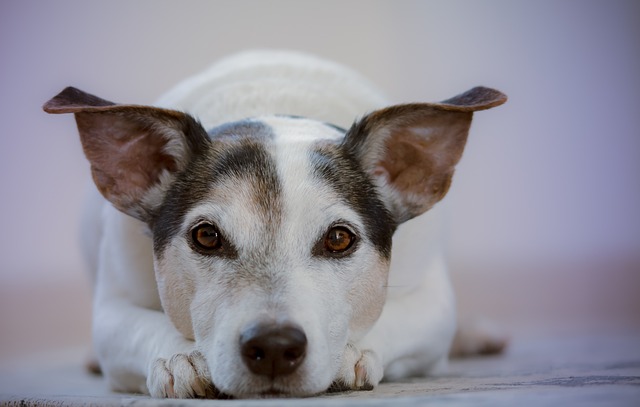
what will seizures do to a dog
Watching your dog experience a seizure is a heart - wrenching sight for any pet owner in the U.S. As a new dog parent, you may be left wondering: What will seizures do to a dog?
Picture your Labrador's pleading eyes fixed on that birthday cake during your Brooklyn apartment celebration—those whipped cream peaks seem irresistible. But before sharing a bite, know this: while dogs can physically swallow cream cake, they absolutely shouldn't. Understanding why protects them from preventable emergencies and makes you a responsible pet parent.
Scientifically, cream cake attacks dogs from multiple angles. Dairy triggers lactose intolerance in 65% of adult dogs (think explosive diarrhea in cramped apartments). Sugar causes inflammation and obesity. Worst are hidden killers: xylitol in "sugar-free" cakes drops blood sugar dangerously fast, while chocolate in frostings contains theobromine—just 1oz per 10lbs body weight risks seizures. Even "safe" ingredients like wheat spark allergies in breeds like French Bulldogs. Symptoms start within hours: vomiting, tremors, or that terrifying bloated belly signaling pancreatitis. If accidental ingestion occurs, immediately call ASPCA Poison Control (888-426-4435)—don’t induce vomiting unless directed. Keep plain canned pumpkin on hand for mild tummy upsets.
Now, the compliance reality. Even if cake sends your dog to the vet, rabies vaccination laws remain non-negotiable nationwide—emergencies don’t exempt you. When walking a cake-sick pup in Portland parks, poop bag duty intensifies. Uncollected diarrhea spreads parasites and violates ordinances (Chicago fines hit $500)—remember that viral tweet about a Seattle owner fined while rushing her vomiting Lab to ER? Compliance never sleeps.

Culturally, positive reinforcement dictates treat ethics. Never punish a cake-snatching dog—yelling worsens stress-induced digestion issues. Instead, teach "leave it" using high-value dog-safe treats like freeze-dried liver. Reward ignoring human food with enthusiastic praise. This force-free approach aligns with AVMA guidelines condemning punitive responses. Apartment dwellers: store cakes in high cabinets (counter-surfing is real!) and opt for quiet, digestible chews like sweet potato slices. A dog with stable blood sugar won’t howl at 2 AM—your neighbors in thin-walled NYC buildings appreciate that.
Urban treat alternatives:
Dog-safe "cake": Layer plain yogurt, mashed banana, and blueberries in a Kong (freeze for summer!)
Single-ingredient treats: Dehydrated beef lung or apple slices
Training rewards: Pea-sized cheese bits during "stay" practice
Always check ingredient labels—"carob" is safe chocolate substitute, but "macadamia nuts" mean ER.
Ultimately, cream cake symbolizes broader responsibility. That "harmless" bite could cost $3,000 in vet bills—money better spent on interactive puzzle toys for apartment enrichment. Pair treat wisdom with core duties: current vaccine records in your phone case, biodegradable bags in every jacket, and patience when Fido eyes your dessert. His wagging tail over a safe frozen Kong? That’s the sweetest reward.

Watching your dog experience a seizure is a heart - wrenching sight for any pet owner in the U.S. As a new dog parent, you may be left wondering: What will seizures do to a dog?

Picture your Beagle, Charlie, suddenly collapsing in your New York apartment kitchen. His legs paddle wildly, jaw chomping at the air, eyes glazed—terrifying, helpless, and utterly disorienting.

Discovering your dog injured is a heart - stopping moment. Panic might set in, but your calm actions in these crucial moments can make all the difference, both for your pet’s well - being and in complying with animal welfare regulations.

You’ve just noticed your dog showing concerning symptoms like a swollen belly, restlessness, and unproductive vomiting. Panic sets in as you wonder: how long can dogs survive with GDV?

You’ve welcomed a new dog into your home, and as you watch them shy away from visitors or cower at the sight of a friendly face on a walk

For many dog owners, skipping nail trims might seem like a harmless oversight, but it can snowball into serious issues—both for your pet’s health and your legal responsibilities.